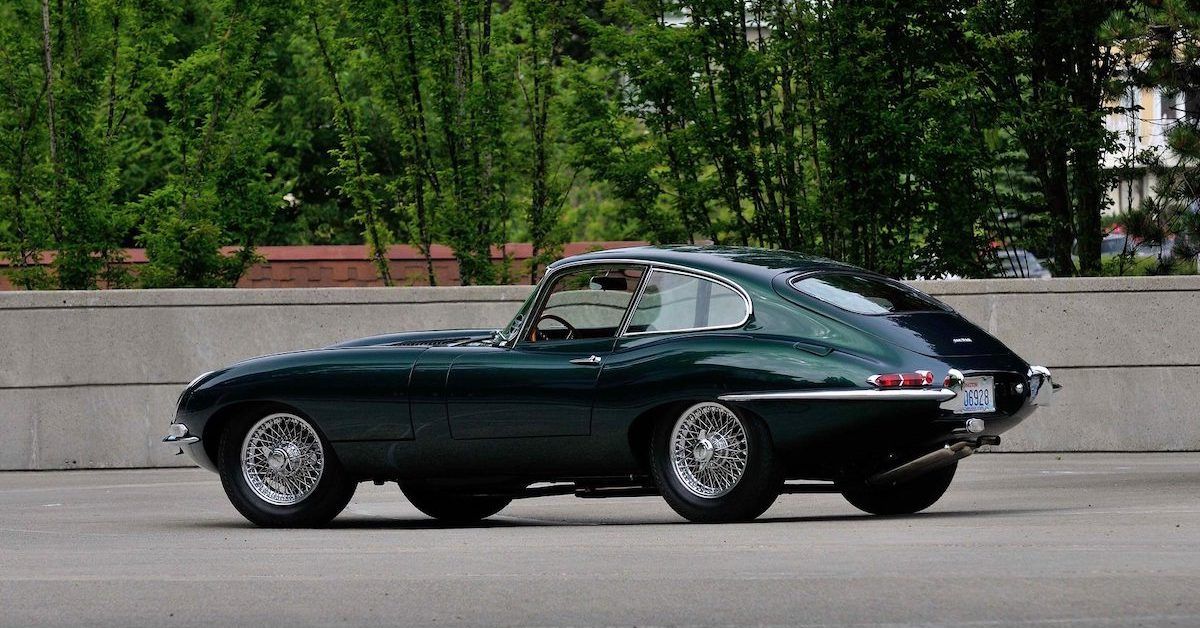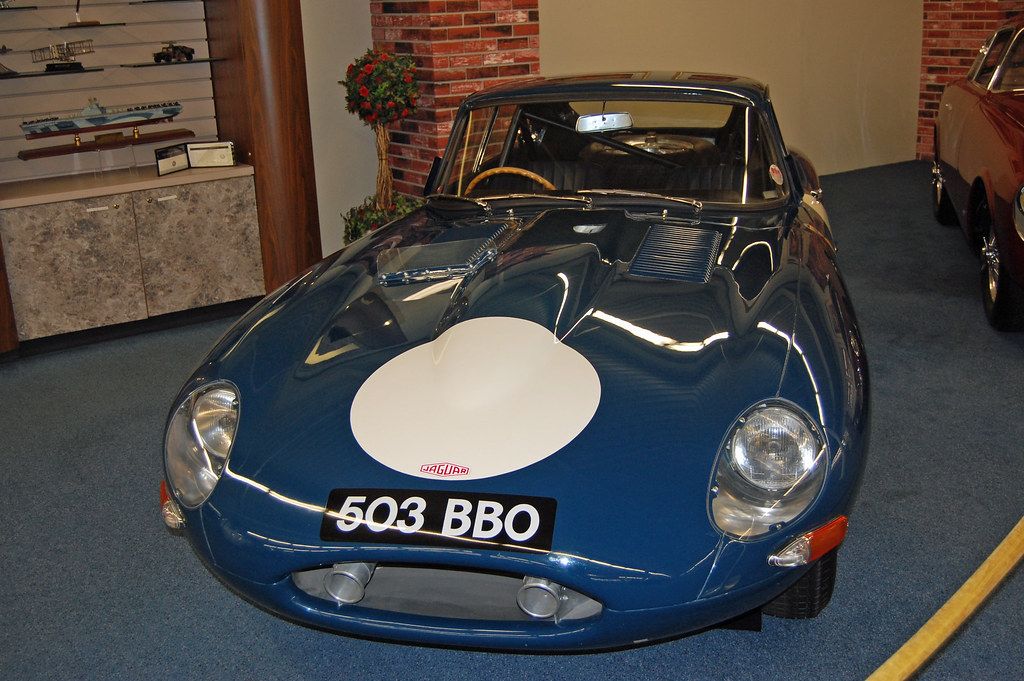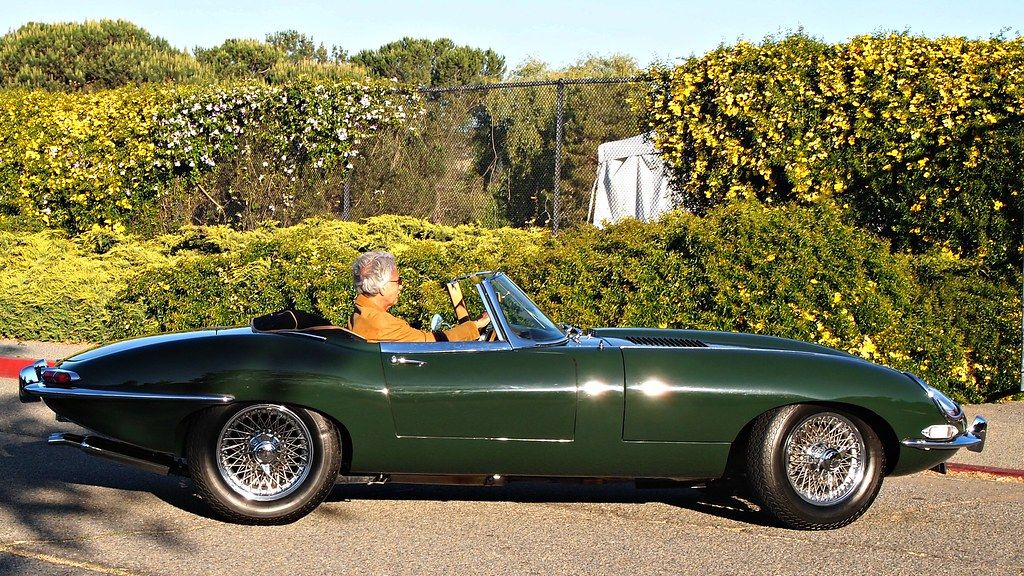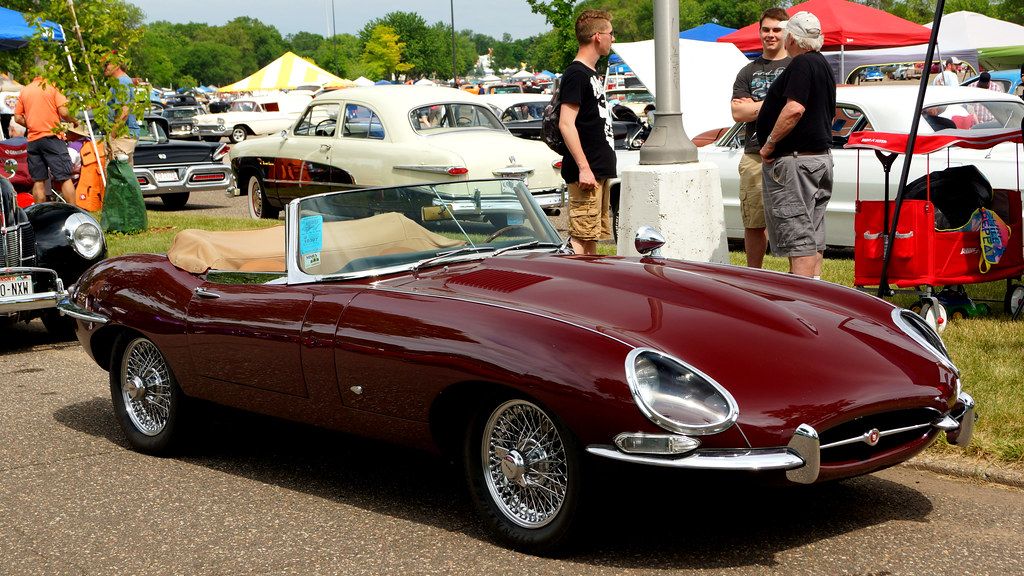Fans of classic Jaguar cars, or even fans of the Austin Powers movie, will know of the Jaguar E-Type range. The Jaguar E-Type goes by the name Jaguar XK-E in North America, but the two model names represent the same vehicle.
Throughout its existence, from 1961 to 1974, the Jaguar XK-E was a combination of beauty, high performance, and competitive pricing. It was a true icon in the automotive world as it was beautifully refined as well as a top performer. It is home to incredible engineering and a groundbreaking design. The Daily Telegraph took to ranking the Jaguar XK-E one of the world's "100 most beautiful cars" of all time in March 2008. Hence, there is a lot to love about the 1961 Jaguar XK-E, the first of the lineup.
Let's take a closer look at the best features of the 1961 Jaguar XK-E.
The 1961 Jaguar XK-E: Powerful Engineering And A Performance To Match
1961 marks the first year of the Series 1 Jaguar XK-E. Initially, only for export, the Jaguar XK-E is home to the triple SU carburetted 3.8-liter six-cylinder Jaguar XK6 engine from the Jaguar XK150S. Although very different cars, they are both iconic to the Jaguar brand.
In combination with this powerful engine, the Jaguar XK-E also boasts some more beautiful engineering including unitary construction, disc brakes, rack-and-pinion steering, and independent front and rear suspension, which was easily distinguishable during this time period. It could cough out up to 360 horsepower and a whopping 150 MPH. On the track, the 1961 Jaguar XK-E could reach 62 MPH in less than 7 seconds. All performance figures are pretty remarkable, especially for the early 1960s.
The 1961 Jaguar XK-E: Beautiful From Every Angle
There aren't many cars that can look beautiful from every angle. But, the 1961 Jaguar XK-E is a ride that can. It boasts just a businesslike air with its large round instruments, racing-type steering wheel, and wire wheels. Furthermore, it offers quite a general low build, which makes the car ooze sophistication and refinement. Cars that sit low always appear like they have all the time in the world to cruise through the streets, which makes this car even more desirable.
Inside, and when the roof is down, it is easy to see the stunning deep bucket seats that the 1961 Jaguar XK-E has to offer. The seat's cushions are shaped with wood and metal, which are then covered with foam rubber. Unlike some cars, the Jaguar XK-E offers comfortable seating too. Customers did not have to worry about uncomfortable rubber sticking into their backs or legs, as the seats offer additional support with padding. Moreover, the lower back section of each seat is puffier than the rest of the seat, which offers additional comfort as well as prevents the beading from becoming irritating.
Inside the Jaguar XK-E, the instrumentation panels are more than generous. However, there is a limit to the extra storage space that most people would use for their travel documents, maps, and more. Alas, the spaciousness doesn't hinder the overall design and beauty of the XK-E.
Although the car is beautiful in design, it could be quite a squeeze for anyone taller than 5 feet and 10 inches, unless the roof is down. Hence, it would not be ideal for anyone tall or hoping to drive this throughout the winter. Alas, it does make for the perfect summer ride, especially when the roof is down. The 1961 Jaguar XK-E is truly desirable, and driving it around the streets with the roof down would turn a lot of people's heads.
The 1961 Jaguar XK-E Has A Swanky Two-Bladed Electric Fan
Although most people would not necessarily place a car's fan in the best features list, it really is a great and sensible feature of the XK-E. The design team took to installing a thermostatically-controlled two-bladed electric fan. The purpose of the fan is to cut down roar and save engine power, which can help with costs as well as driving experience.
When the car reaches 80 degrees Celsius, the fan kicks in to help cool the car down to prevent it from overworking. This tiny feature is a very clever one, as it helps to improve the driver's convenience as well as the longevity of the car. Should a car overheat, it can damage the internal parts or, hinder its performance on long drives. Hence, this small electric fan can do the trick to maintain the health and performance of the car. Seeing as the XK-E was popular for being a top performer, these small features were highly necessary.
In summary, there are a lot of fine and sensible features within the 1961 Jaguar XK-E. From the engineering to the tiny components, the design team almost hit the nail on the head with the perfect high-performance car.




